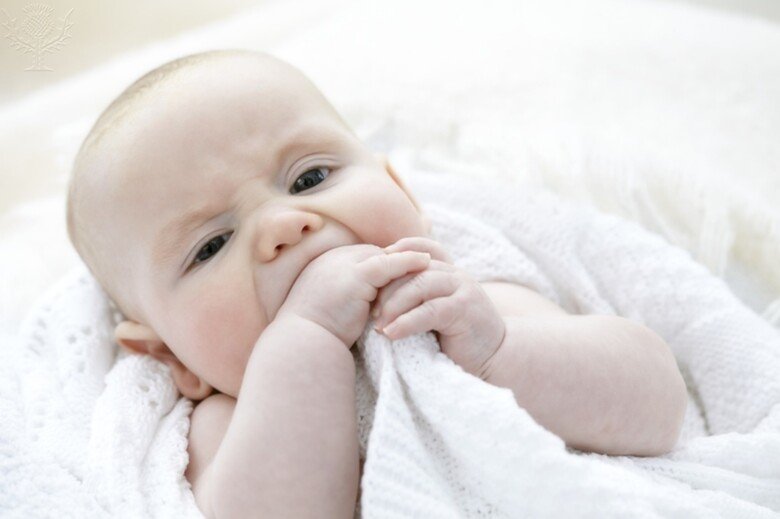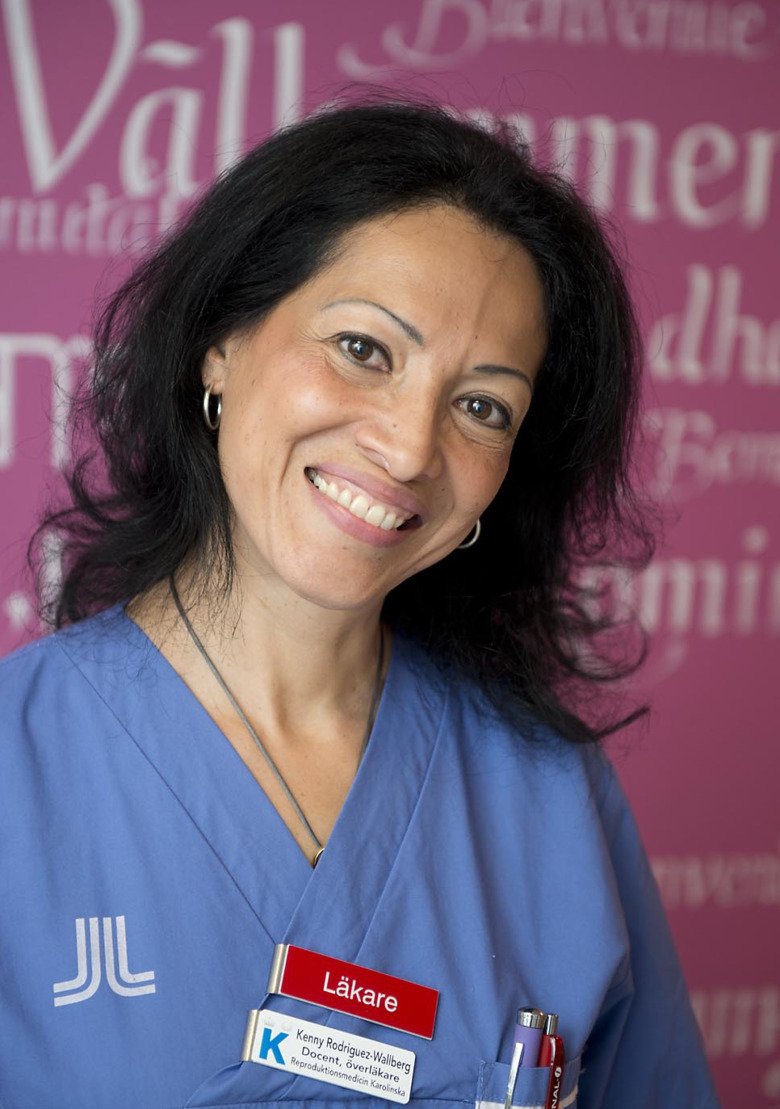Double embryo transfer in assisted reproduction increased the risk of complications in singleton births

The risk of complications in assisted reproduction is higher when two embryos are transferred, instead of one embryo. This has been shown in a study published in the journal JAMA Pediatrics, which included all births in Sweden 2007-2017.
Fertility treatments using assisted reproduction in Sweden are among the safest in the world regarding risks for the mother and children. A national recommendation to only transfer one embryo in assisted reproduction was introduced in 2003, aiming to decrease the risk of multiple pregnancies and their related complications during pregnancy and delivery.
In certain cases, two embryos are still transferred in order to increase the chance of pregnancy while the risk of multiple pregnancy remains low. Thus, many of the treatments with double embryo transfer result in singleton pregnancies. Many patients wish to have two embryos transferred to increase their chances of pregnancy, but there is a lack of data on potential risks with transferring two embryos when the treatment results in the birth of a singleton child. Researchers at Karolinska Institutet have therefore compared the risk of complications in singleton pregnancies following assisted reproduction with transfer of either one or two embryos. The study included all singleton births in Sweden 2007-2017, whereof 5123 children were born following assisted reproduction with double embryo transfer and 30713 children born following single embryo transfer.

– We found no increased risk of maternal pregnancy complications, such as pre-eclampsia, pregnancy bleeding, placental complications or the need for emergency caesarean section. Neither did we see any higher risks of preterm birth or low birth weight after double compared to single embryo transfer. We did find a higher risk of infant mortality within 27 days of birth after double embryo transfer. However, the absolute risk was still very low in both groups, 0.3% in births after double embryo transfer and 0.1% after single embryo transfers, says Frida Lundberg, senior author of the study and researcher at the Department of Medical Epidemiology and Biostatistics, Karolinska Institutet.
The authors also investigated the risk of complications in different types of assisted reproduction separately, and found that children born after double embryo transfer had higher risks of preterm birth and low birth weight when frozen-thawed embryos were used or when the embryo was incubated to the blastocyst stage. The risk of being born small for gestational age was not higher after double embryo transfer, showing that the lower birth weight seen was due to the children being born preterm and not growth restriction in utero.

– Double embryo transfer is only used when the treatment has a reduced success chance, and often when previous treatments have failed. Despite our study showing slightly higher risks of certain complications, we found no difference in risk compared to single embryo transfer for most outcomes. There may still be good reasons to transfer two embryos to improve the chances of pregnancy for a woman or a couple with severe infertility problems, says the study’s first author Kenny Rodriguez-Wallberg, adjunct professor and research group leader at the Department of Oncology-Pathology, Karolinska Institutet, and chief physician at Karolinska University Hospital.
The study was funded by the Swedish Childhood Cancer Foundation, the Swedish Cancer Society, the Cancer Research Funds of Radiumhemmet and the Stockholm County Council.
Publication
Obstetric and Perinatal Outcomes of Singleton Births Following Single- vs Double-Embryo Transfer in Sweden.
Rodriguez-Wallberg KA, Palomares AR, Nilsson HP, Oberg AS, Lundberg F
JAMA Pediatr 2022 Dec;():
Contact person
Kenny Rodriguez-Wallberg, kenny.rodriguez-wallberg@ki.se, +46 858587469
